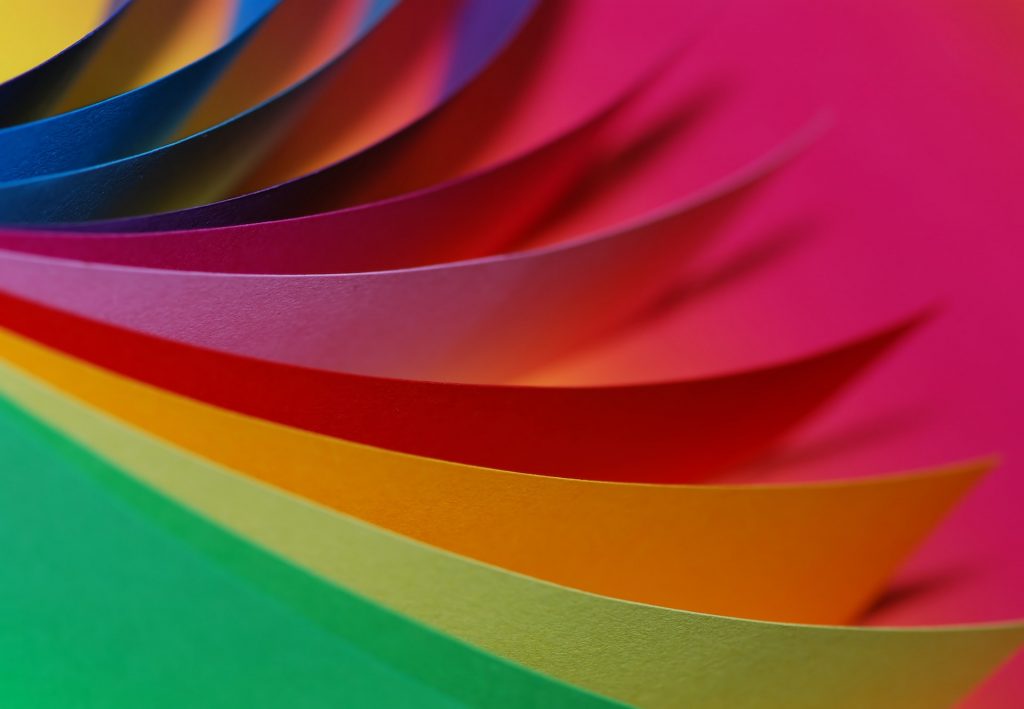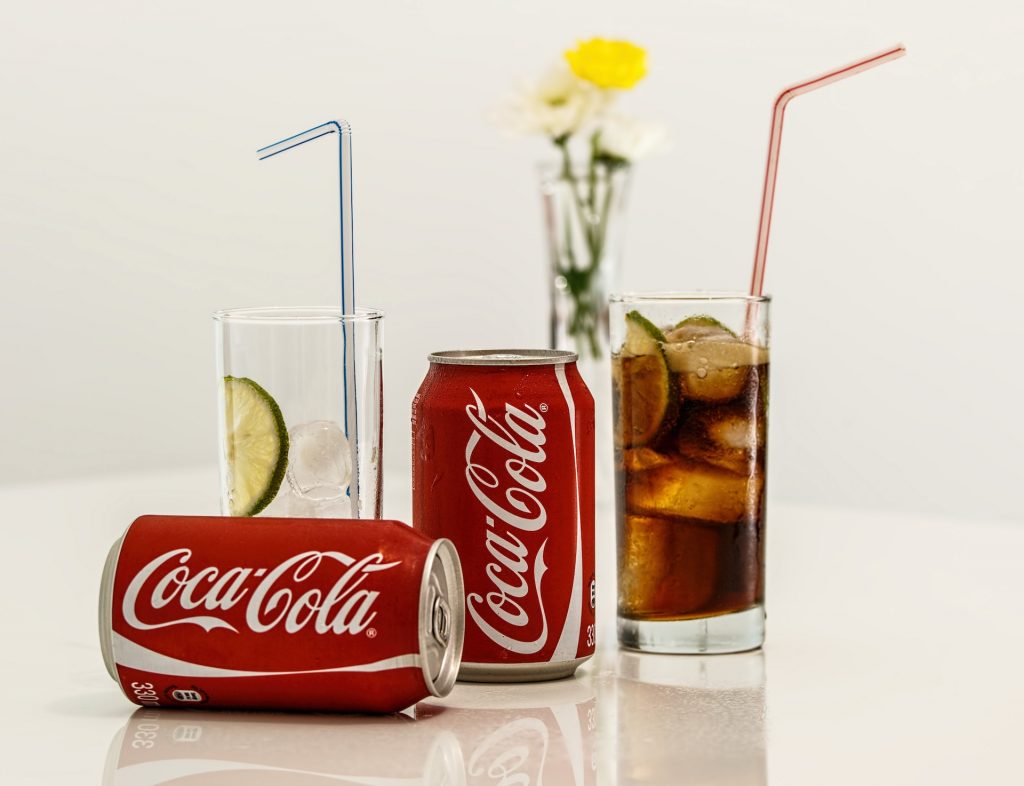Color Psychology in Marketing: Impact on Consumer Choices

In marketing, every detail matters. From the choice of words in an advertisement to the layout of a website, every decision can influence consumer behavior. One often underestimated element that holds immense power is color.
Color psychology, the study of how colors affect human emotions and decisions, plays a pivotal role in marketing strategies. For entrepreneurs seeking to leave a lasting impact on their audience and drive conversions, understanding the psychological effect of colors is essential.
The Role of Color in Marketing and Consumer Psychology
Color is not just a visual sensation; it’s a psychological one. It has the power to evoke emotions, trigger memories, and even influence decision-making. As entrepreneurs, tapping into this phenomenon can significantly impact how consumers perceive and engage with your brand.
Color Associations and Emotions
Different colors are associated with specific emotions and qualities. For example, red is often linked to excitement, passion, and urgency, while blue conveys trust, reliability, and calmness. Understanding these associations is the first step in using color effectively in marketing.

Red: Associated with energy and urgency, it’s often used in clearance sales or to create a sense of excitement.
Blue: Symbolizes trust and reliability, making it a favorite for financial institutions and tech companies.
Green: Evokes feelings of health, growth, and sustainability, making it popular in the health and eco-friendly sectors.
Yellow: Represents optimism and warmth, often seen in brands that want to convey a friendly and cheerful image.
Color Choices in Branding and Marketing Materials
One of the most critical applications of color psychology in marketing is in branding. Your brand’s color palette should align with your values, target audience, and the emotions you want to evoke.
1. The Golden Arches: A Case in Point
Consider McDonald’s, one of the most recognizable brands worldwide. The use of bright red and yellow in their logo and restaurant décor is no coincidence. Red stimulates appetite and creates a sense of urgency, while yellow promotes happiness and friendliness.
These colors, strategically chosen, encourage quick and joyful dining experiences, aligning perfectly with the brand’s fast-food concept.
2. Coca-Cola: The Classic Red
Coca-Cola, one of the world’s most iconic brands, has harnessed the power of red for over a century. The color elicits excitement and passion, and it’s no wonder Coke’s red cans and logos are so memorable.

Their “Share a Coke” campaign, which featured people’s names on the cans in white against a red backdrop, created a personal connection with consumers and significantly increased sales.
3. Tiffany & Co.: The Luxury of Blue
Tiffany’s famous Robin’s egg blue is synonymous with luxury and sophistication. The color choice conveys trust and exclusivity, making consumers feel they are purchasing not just jewelry but a timeless experience.
CRM’s Role in Segmenting Audiences Based on Color Preferences
Here’s where Customer Relationship Management (CRM) systems come into play. CRM systems can store a wealth of customer data, including color preferences. This information can be invaluable when crafting personalized marketing materials.
Personalization at Its Best
Imagine sending an email campaign to your subscribers with visuals tailored to their color preferences. You highlight those elements in your product for those who associate blue with trust and reliability.
For customers who respond positively to green, you emphasize sustainability aspects. CRM systems enable this level of personalization, allowing you to connect with consumers on a deeper emotional level.
Conclusion
Color psychology in marketing is about more than just making things look aesthetically pleasing. It’s about understanding the profound impact that colors can have on consumer emotions and behavior.
By harnessing this knowledge, entrepreneurs can create more engaging, resonant, and successful marketing campaigns.
So, the next time you design your website, packaging, or marketing materials, remember that the colors you choose are not just for the eyes but are also for the hearts and minds of your audience.
Learn more about tools to help your sales and marketing teams. Book a FREE demo with our experts below.
Curious how digital ecosystems can help improve your business?
Check out how digital ecosystems can boost your company performance by getting started here.
Book a Demo